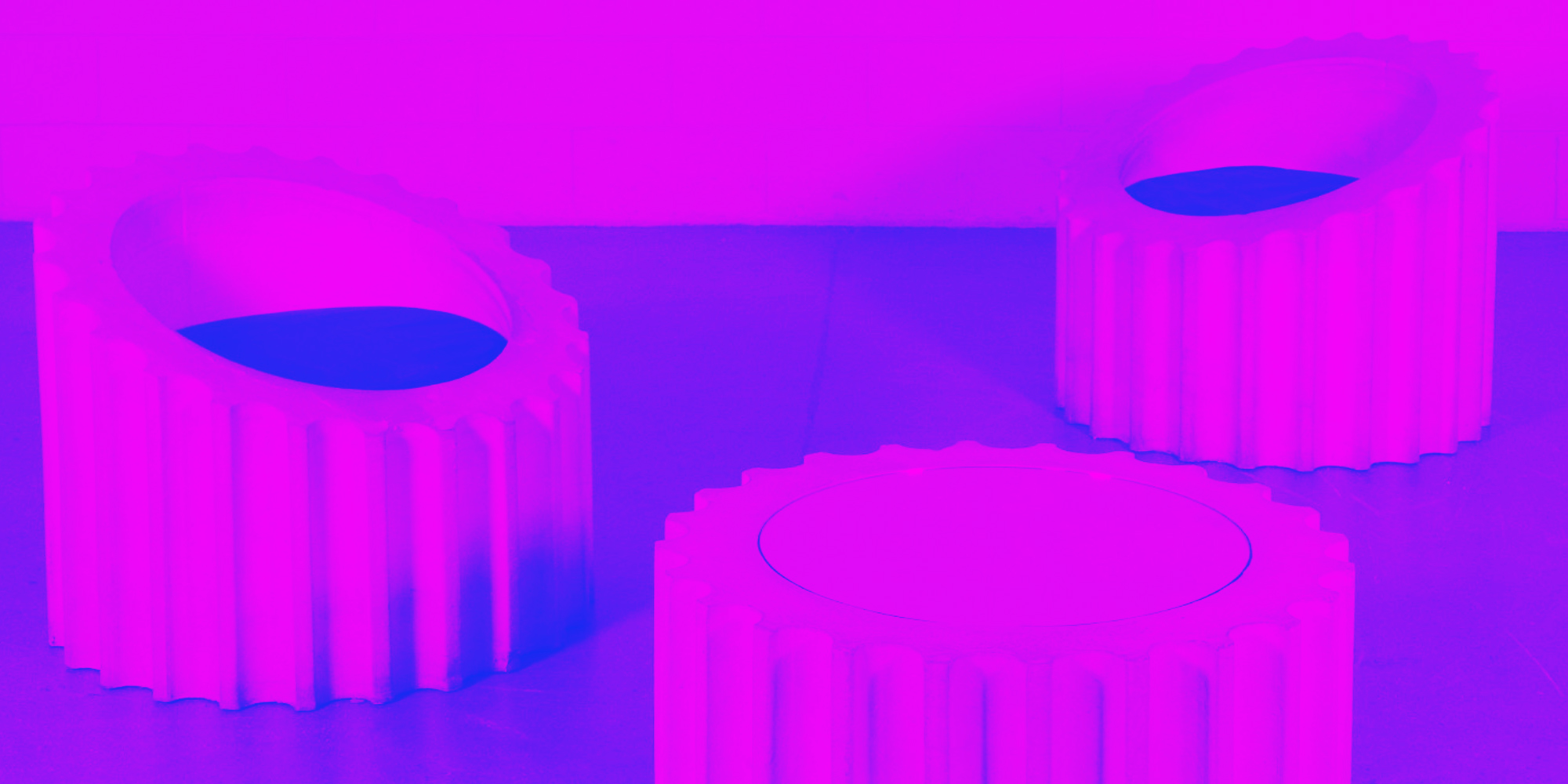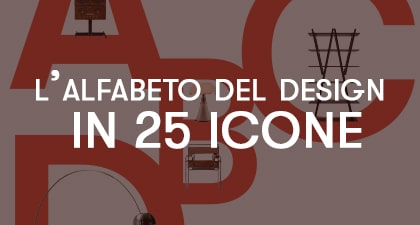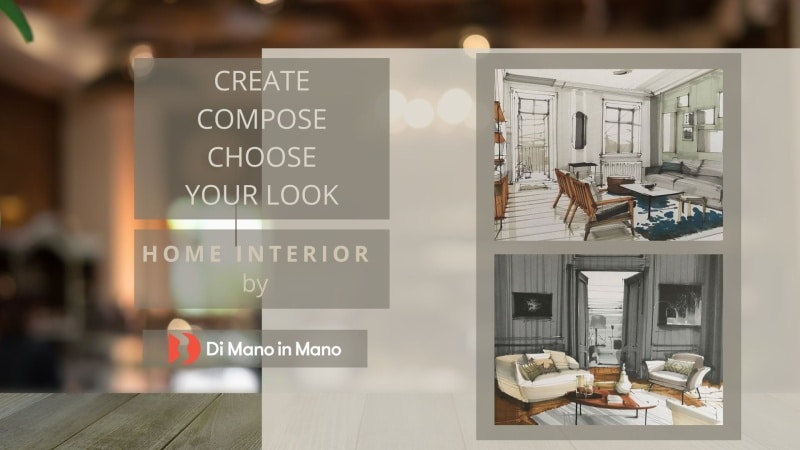
What would happen if a Greek column fell and broke into several pieces?
Gufram has no doubts: it would become a modular seating system.
L’icona del design della settimana che vi proponiamo è sicuramente la più pop e stravagante tra quelle che si sono succedute in questi mesi.
Realizzata da Gufram, è stata progettata dallo Studio65, un collettivo avanguardista di architetti, designer e artisti attivo a Torino a partire appunto dal 1965.
Fondato, tra gli altri, da Franco Audrito (qui una bella intervista), il gruppo nasce in aperto contrasto con il Movimento Moderno, che predilige criteri di pura funzionalità rispetto all’estetica.
Studio65 has created many projects revisiting classic elements in an ironic and postmodern key but also symbolic elements of the pop art of the 60s.
Among the most famous works, in addition to the serious Attica and the Capitello chair, certainly the Bocca sofa, inspired by the famous Dalì installation of the thirties as a portrait of the Hollywood actress Mae West.

The aesthetic of the ‘Attica’ series refers directly to the marble columns of the Erechtheion of the Acropolis of Athens.
Just like the columns of the Ionic temple, the polyurethane blocks were carved by hand.
The marble appearance, however, contrasts decisively with the softness of the material with which they are made, which at the same time guarantees lightness and comfort.
The cross section of the column creates the ‘Attica’ seat, the section at the base, tapered cylindrical shape is the ‘Attica TL’ table, which has a double-sided glass surface, opaque on one side and glossy mirror on the other.
This series of furniture is finished in Guflac Ultra, which furs polyurethane and makes it resistant to atmospheric agents.; The idea behind it is that, just like the ruins of ancient Greece, these furnishings can also be left in open spaces without deteriorating too much.
Famous all over the world, the Attica series is part of the permanent collection of many museums, from the Metropolitan Museum in New York to the Centre Pompidou in Paris passing through the Denver Art Museum.
A specimen is also in the Louvre in the Decorative Arts section, near the Nike of Samothrace.












